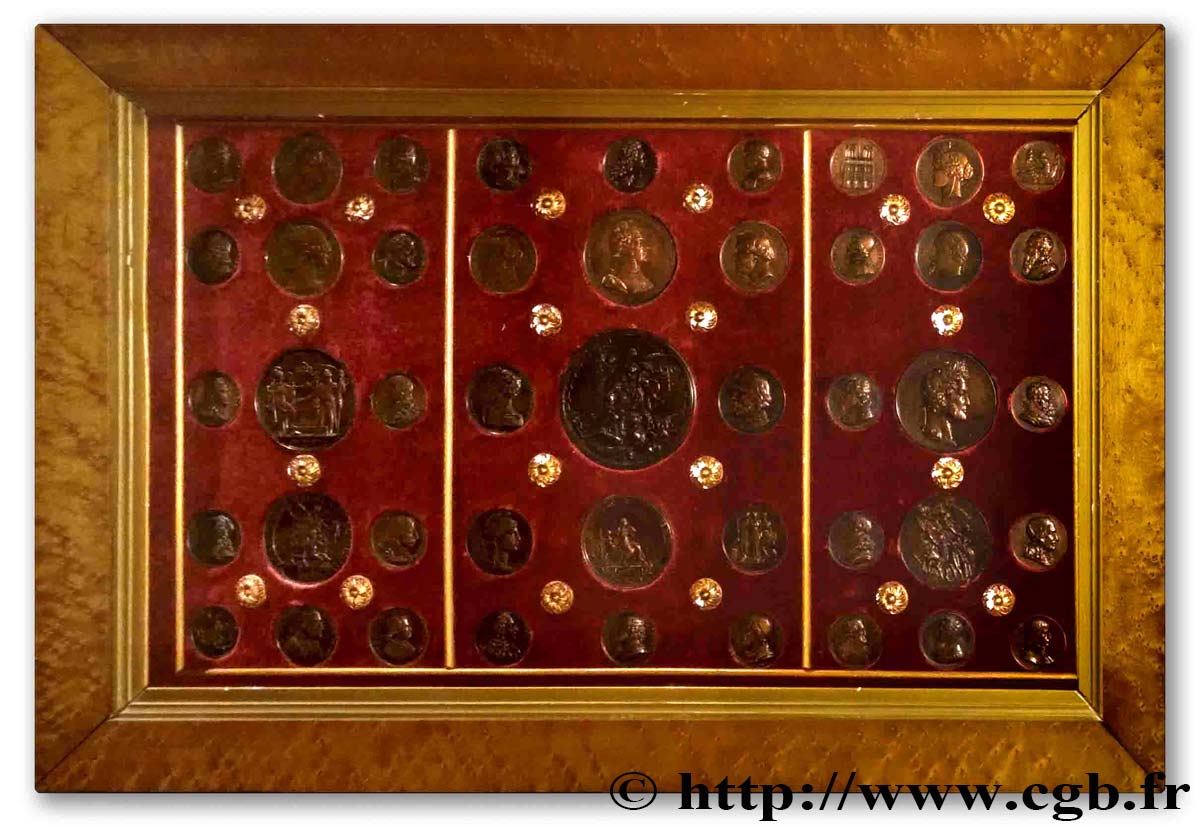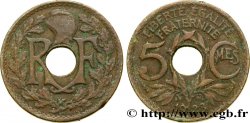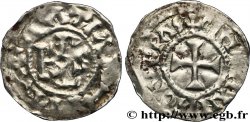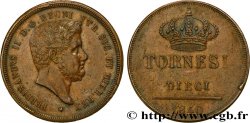Live auction - fme_425574 - III REPUBLIC Cadre de 45 médailles unifaces en bronze
Чтобы принять участие в торгах, вы должны войти в систему и стать подтвержденным участником аукциона. Войдите, чтобы сделать ставку. Ваш аккаунт будет подтвержден в течение 48 часов. Не ждите до закрытия торгов, чтобы зарегистрироваться.Сделав ставку на данный товар, вы вступаете в юридическое соглашение на покупку выбранного товара и нажатием кнопки «Сделать ставку» подтверждаете принятие вами условий интернет-аукционов cgb.fr.
Ставка может бить сделана только в полном эквиваленте евро. Торги закроются согласно времени, указанному в описании товара, все ставки, сделанные после закрытия торгов, учитываться не будут. Не следует откладывать предложение вашей ставки до последнего момента, так как система может не успеть обработать вашу заявку, и ваша ставка не будет принята. Более детальную информацию вы найдёте здесь: FAQ по интернет-аукционам.
Все ставки победителей подлежат комиссии 18%.
Все ставки победителей подлежат комиссии 18%.
| Оценить : | 2 000 € |
| Цена : | 920 € |
| Максимальная предлагаемая цена : | 1 259 € |
| Конец торгов : | 01 August 2017 19:24:49 |
| Участников : | 2 Участников |
Тип Cadre de 45 médailles unifaces en bronze
Дата: n.d.
Монетный двор / Город: France
Металл: bronze
Редкость: R3
Комментарии о состоянии
Cadre imposant de 80 par 54 cm, avec 45 médailles unifaces encadrées anciennement, avec 20 cabochons en plâtre doré, sur un velours bordeaux. Cadre en bois, d’aspect loupe et doré. Cadre nécessitant une restauration, cabochons abîmés
Происхождение:
Ce cadre provient d’une collection américaine
Лицевая сторона
Обратная сторона
Комментарий
Ensemble particulièrement intéressant, de 45 médailles, montées anciennement sur velours. Ce travaille typique de la 3e République remonte à la fin du XIXe siècle ou au début du XXe siècle :
- Martinus Bucerus (1491-1551), moine et théologien.
- Maria Christina de Bourbon (1806-1878), reine d’Espagne, épouse de Ferdinand VII d’Espagne.
- Franz Joseph Haydnn (1732-1809), compositeur autrichien qui incarne le classicisme viennois au même titre que Mozart et Beethoven, les trois compositeurs étant regroupés par la postérité sous le vocable de « trinité classique viennoise ».
- Lazare Hoche (1768-1797), un général français de la Révolution.
- République française, avec la tête de Cérès.
- Philippe, roi d’Espagne.
- Jean Varin (1607-1672), graveur de monnaies et médailleur.
- Louis-Philippe, de 1830.
- Henri de la Tour d’Auvergne de Turenne (1611-1675), militaire français.
- Franklin Benjamin (1706-1790) et Montyon Jean-Baptiste (1733-1820).
- LA RENOMMÉE PROCLAME LE MÉRITE.
- Louis II de Bourbon Conde (1621-1686), duc d’Enghien.
- Naissance du futur comte de Chambord (Henri V), le 29 septembre 1820.
- Charles Quint (1500-1585).
- Pie IX (1792-1878), pape.
- Pierre Jeannin (1540-1623), homme politique français.
- Jules Hardouin-Mansart (1646-1708).
- Napoléon Ier Empereur.
- Isabelle II, reine d’Espagne (1830-1868).
- Jean-Baptiste Collin, comte de Sussy (1750-1826).
- Eugène Sue (1804-1857), écrivain français.
- Car Comes Chotek Reg Bohemiae Supremus Burgravius.
- Une représentation des indiens d’Amérique datée 1492.
- Giuseppe Garibaldi (1807-1882), l’un des “pères de la patrie” italienne.
- Notre Dame de Paris.
- République française, avec la tête de Cérès.
- Naissance du futur comte de Chambord (Henri V), le 29 septembre 1820.
- Armand Jean du Plessis de Richelieu, dit le cardinal de Richelieu (1585-1642).
- Napoléon III Empereur.
- Clément Marot (1496-1544), poète français.
- Axel Gustafsson Oxenstierna ou Oxenstjerna (1583-1654), Grand chancelier de Suède du 6 janvier 1612 à sa mort.
- Louis-Philippe Ier.
- Galilée (1564-1642), mathématicien, géomètre, physicien et astronome italien.
- Eustache Le Sueur (1617-1655), artiste peintre et dessinateur français de style baroque.
- la sculptue de H. Rude, Le Départ des volontaires de 1792, ou La Marseillaise, orne l’arc de triomphe de l'Étoile, à Paris.
- Pierre Corneille (1606-1684), dramaturge et poète français.
- Henri IV (1553-1610), roi de France.
- Miguel de Cervantes Saavedra (1547-1616), romancier, poète et dramaturge espagnol, célèbre pour son roman L’Ingénieux Hidalgo Don Quichotte de la Manche, publié en 1605 et reconnu comme le premier roman moderne.
- Bonaparte, général en chef..
- Martinus Bucerus (1491-1551), moine et théologien.
- Maria Christina de Bourbon (1806-1878), reine d’Espagne, épouse de Ferdinand VII d’Espagne.
- Franz Joseph Haydnn (1732-1809), compositeur autrichien qui incarne le classicisme viennois au même titre que Mozart et Beethoven, les trois compositeurs étant regroupés par la postérité sous le vocable de « trinité classique viennoise ».
- Lazare Hoche (1768-1797), un général français de la Révolution.
- République française, avec la tête de Cérès.
- Philippe, roi d’Espagne.
- Jean Varin (1607-1672), graveur de monnaies et médailleur.
- Louis-Philippe, de 1830.
- Henri de la Tour d’Auvergne de Turenne (1611-1675), militaire français.
- Franklin Benjamin (1706-1790) et Montyon Jean-Baptiste (1733-1820).
- LA RENOMMÉE PROCLAME LE MÉRITE.
- Louis II de Bourbon Conde (1621-1686), duc d’Enghien.
- Naissance du futur comte de Chambord (Henri V), le 29 septembre 1820.
- Charles Quint (1500-1585).
- Pie IX (1792-1878), pape.
- Pierre Jeannin (1540-1623), homme politique français.
- Jules Hardouin-Mansart (1646-1708).
- Napoléon Ier Empereur.
- Isabelle II, reine d’Espagne (1830-1868).
- Jean-Baptiste Collin, comte de Sussy (1750-1826).
- Eugène Sue (1804-1857), écrivain français.
- Car Comes Chotek Reg Bohemiae Supremus Burgravius.
- Une représentation des indiens d’Amérique datée 1492.
- Giuseppe Garibaldi (1807-1882), l’un des “pères de la patrie” italienne.
- Notre Dame de Paris.
- République française, avec la tête de Cérès.
- Naissance du futur comte de Chambord (Henri V), le 29 septembre 1820.
- Armand Jean du Plessis de Richelieu, dit le cardinal de Richelieu (1585-1642).
- Napoléon III Empereur.
- Clément Marot (1496-1544), poète français.
- Axel Gustafsson Oxenstierna ou Oxenstjerna (1583-1654), Grand chancelier de Suède du 6 janvier 1612 à sa mort.
- Louis-Philippe Ier.
- Galilée (1564-1642), mathématicien, géomètre, physicien et astronome italien.
- Eustache Le Sueur (1617-1655), artiste peintre et dessinateur français de style baroque.
- la sculptue de H. Rude, Le Départ des volontaires de 1792, ou La Marseillaise, orne l’arc de triomphe de l'Étoile, à Paris.
- Pierre Corneille (1606-1684), dramaturge et poète français.
- Henri IV (1553-1610), roi de France.
- Miguel de Cervantes Saavedra (1547-1616), romancier, poète et dramaturge espagnol, célèbre pour son roman L’Ingénieux Hidalgo Don Quichotte de la Manche, publié en 1605 et reconnu comme le premier roman moderne.
- Bonaparte, général en chef..








 Cообщить об ошибке
Cообщить об ошибке Распечатать страницу
Распечатать страницу Отправить мой выбор
Отправить мой выбор Задать вопрос
Задать вопрос Consign / sell
Consign / sell
 Информация
Информация















